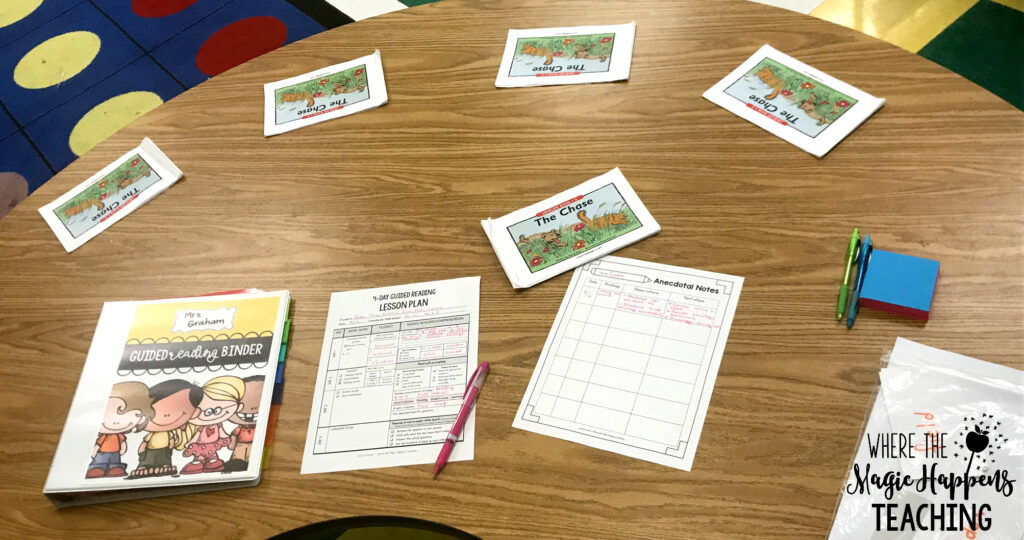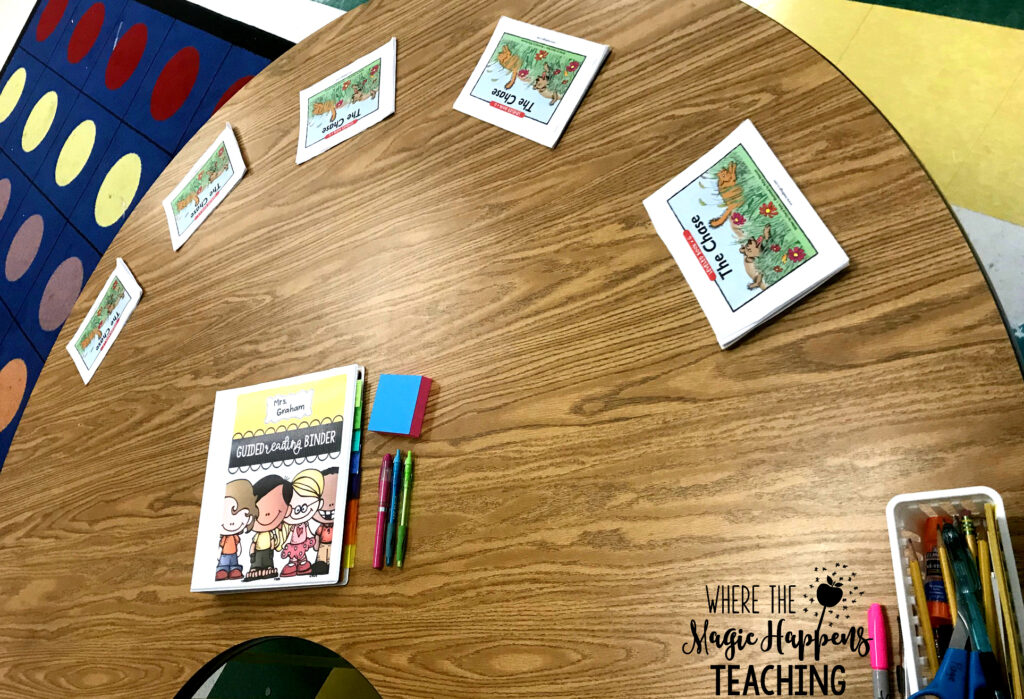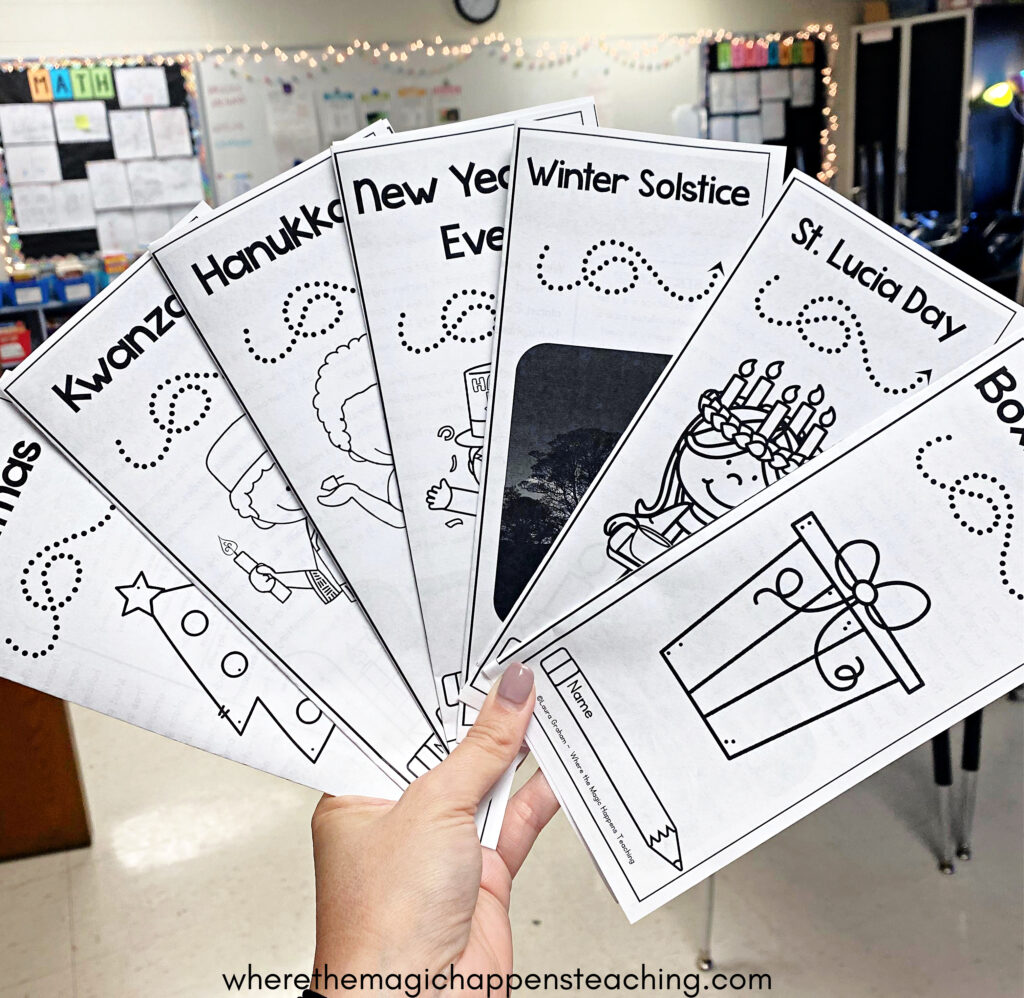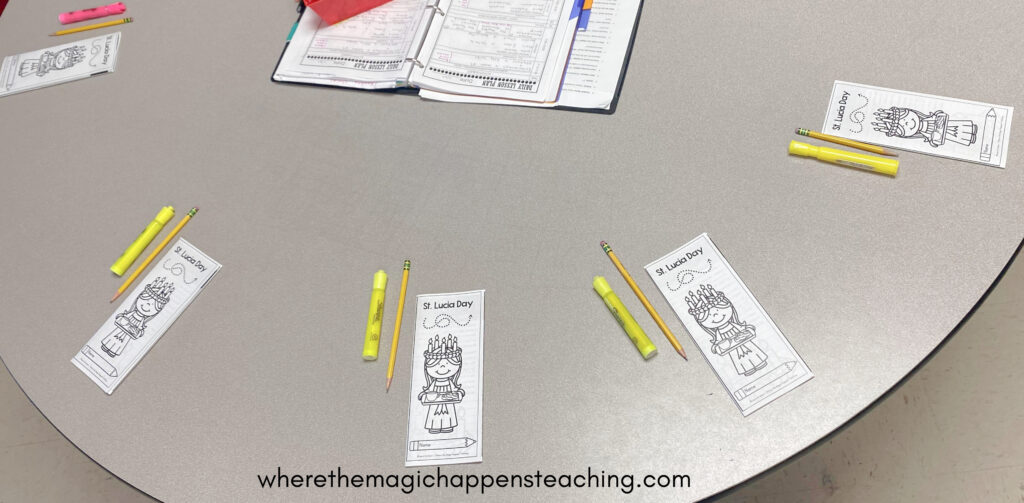There are a variety of text leveling systems that have been used over the years. Leveling a book means to analyze the text to match the text to the reader based on the reader’s competencies.
There is an assumption that the teacher has assessment data about each student, which will provide the information needed about the child to then match the reader to the text. Then as teachers, we must skillfully and gradually increase the difficulty of the text as the reader gains competency as a reader.

Literacy expert, Marie Clay, reminded us back in 1991 that a gradient of difficulty of text is essential for teachers to make good decisions about materials for children but all systems are fallible and teacher judgement is always important. Today, I will focus on the two most well known leveling text systems: Guided Reading Level and The Lexile Framework® for Reading.
GUIDED READING TEXT LEVELING
This format is one for leveling books for instructional purposes. If you are Different publishers and guided reading programs use slightly different criteria for leveling their books, although they all have common features. It is typical that the books are leveled by experienced teachers using that publisher’s criteria, the books are then field tested with children from various backgrounds, the teachers then review the outcomes of the field testing and adjust levels when needed. Some consider this method to be somewhat subjective but the number of children using the books in the field testing, makes for accurate leveling. The criteria include things like amount of text per page, how much picture support in included, use of high frequency words, how decodable the text is, and complexity of sentence structure. Some advantages to this text leveling system include the instructional focus for levels based on the criteria and the fact that teachers can level their own books using the criteria. A disadvantage is that the leveling criteria becomes harder to apply as the books increase in difficulty. However, publishers of books intended for use in guided reading instruction have leveled thousands of books.
THE LEXILE FRAMEWORK® FOR READING
The Lexile Framework is a very commonly used system for leveling text (and children’s reading level). Many of the popular assessments used in schools today provide a Lexile level for a child that allows the teacher, parent, and child to locate books at a matching level of difficulty.
At the same time, MetaMetrics developed a mathematical formula that levels text. This formula uses information such as the length of the sentences in the text and the number of multi syllable words in the passage. This system can level books from grades 1 to 12. This range is a definite advantage as many systems do not go beyond the elementary grades. The levels are very consistent in terms of the gradient since a formula is used. The disadvantages to this system are that the system does not work for leveling books used in kindergarten and beginning first grade, so those teachers need to use another leveling system. This system does not have an explanation of the difference between the levels nor is there any instructional recommendations for those using the system. The framework does not consider the text format, quantity, or organization of the language used. When using the framework, it is more accurate if you are looking at books
that are similar, for example, chapter books, non-fiction text, or picture books rather than mixing the formats and trying to compare.
Observe your learners, the subject matter (fiction/ non-fiction, topic, and associated background knowledge), your colleagues use of leveling systems, and your learners’ parents (who will sometimes ask you about book levels. Be flexible and trust your judgment. A well-informed educator who understands leveling systems and knows their learners will make wise choices about books. Your school media specialist needs to ne in the loop about the leveling systems to use to label books. Please be sure that children can choose books they want to explore for independent reading and are not restricted to their instructional level. One final comment, the
public libraries in my area do not level the books in their collections because they serve many schools, districts, and home-schooled children. Parents who take their children to the public library need to consult with their librarian about book selection.





Leave a Reply